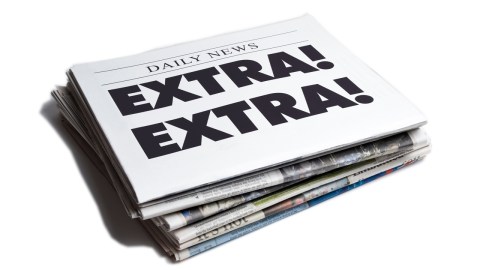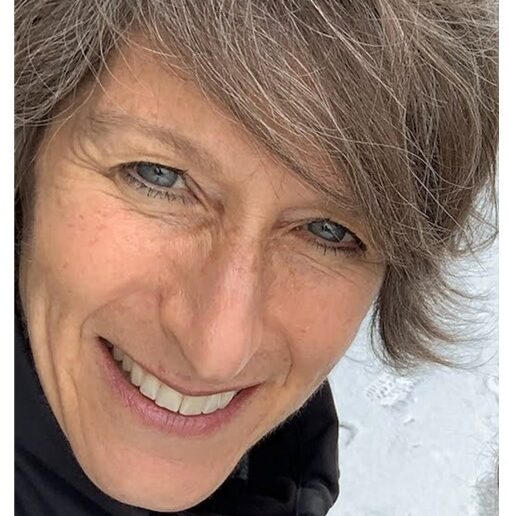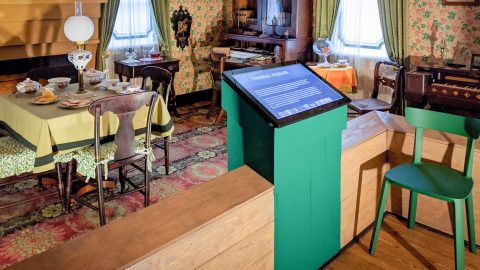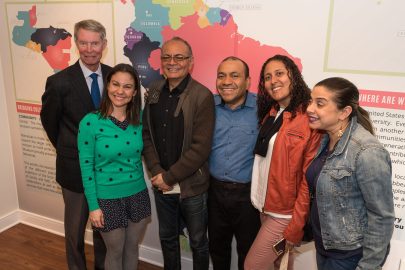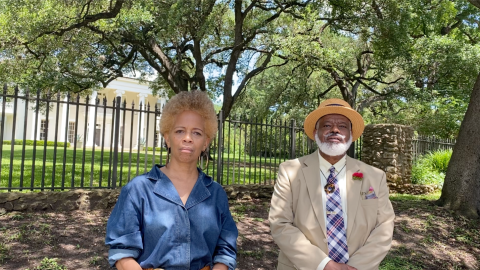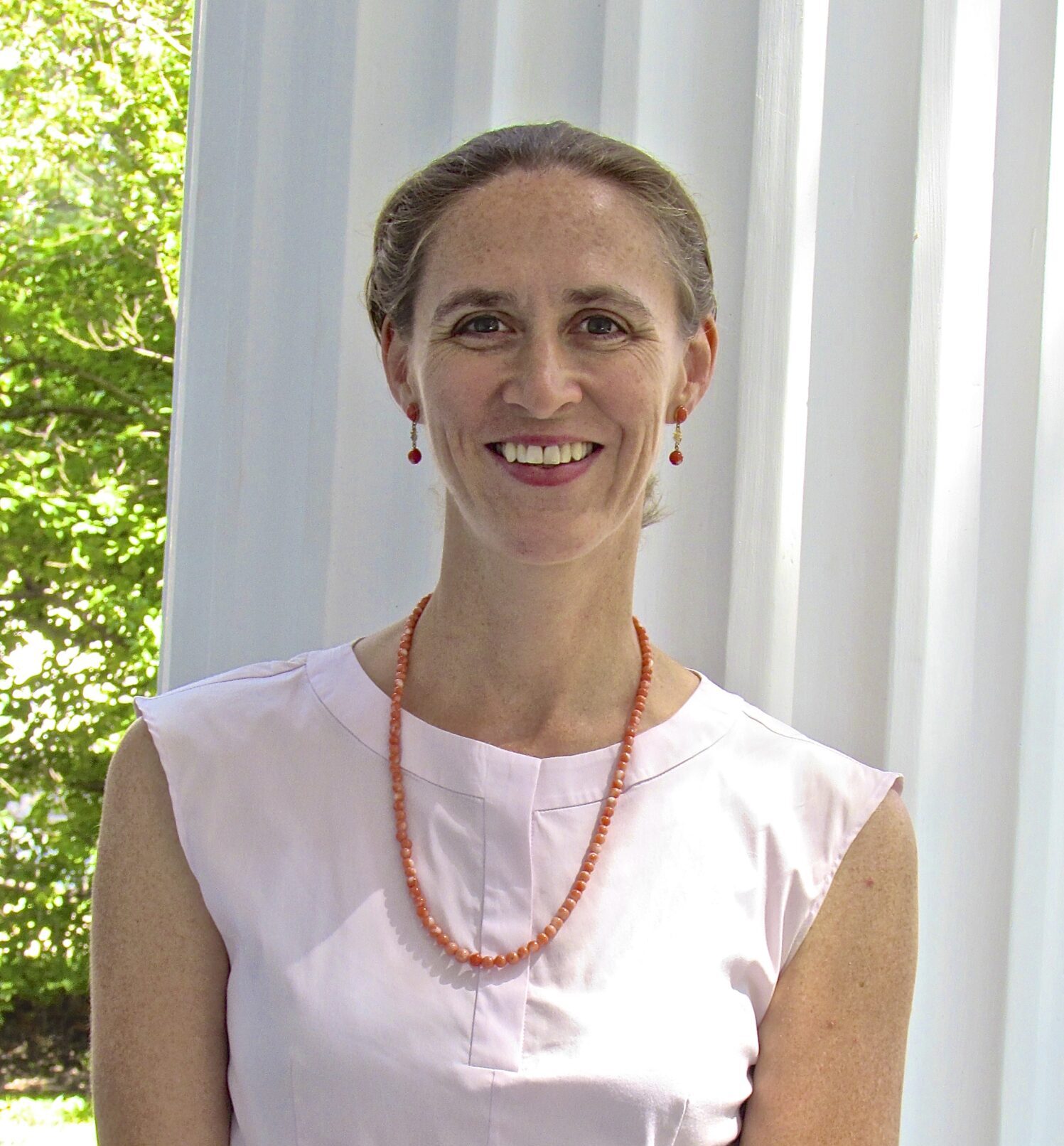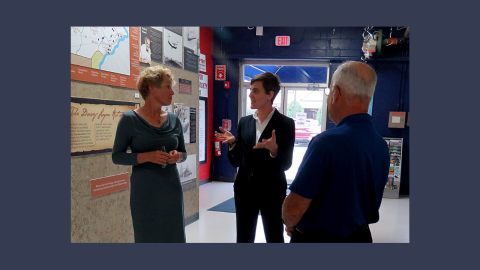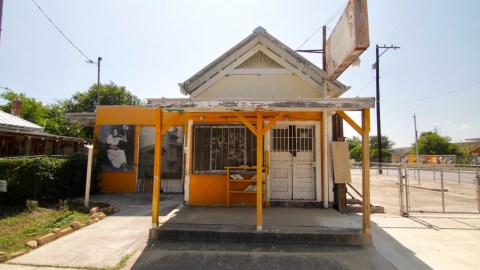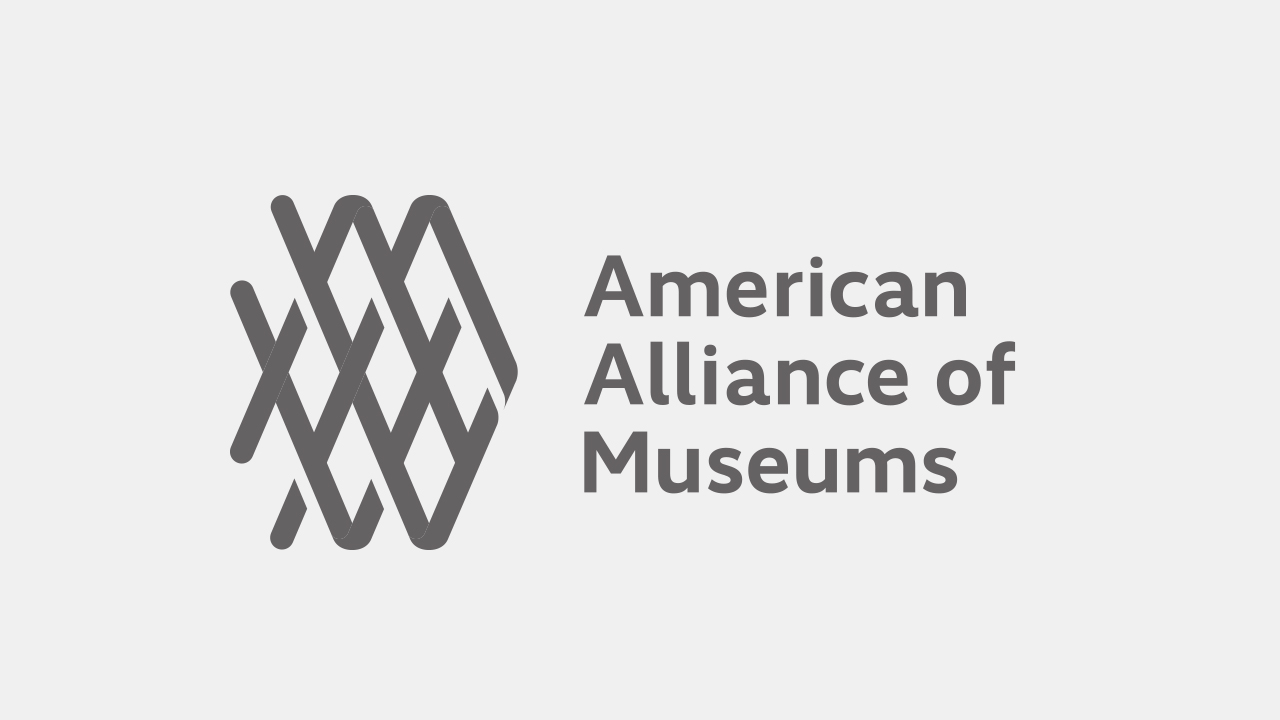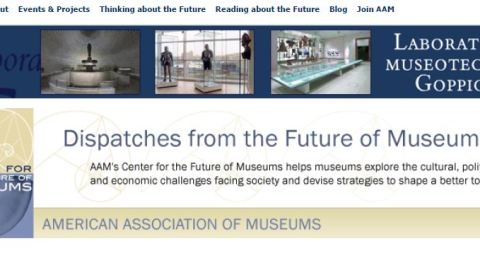-
Scrappy Ways to Get Your Museum in the News
For many museums—especially small- or medium-sized institutions where everyone wears multiple hats—a marketing department is a luxury, let alone dedicated media relations staff. For those without experience dealing with the press, the … -
Finding New Audiences in Small Markets
While most major museums are based in urban centers or tourist hubs, those located in more rural areas face a unique challenge to expand their reach. Without a large local population or a steady flow of out-of-towners, how can isolated … -
A House Museum Built for the Digital Age
The museum sector went into the pandemic ill-prepared to use digital strategies to keep themselves afloat, but many museums that had begun to experiment with how digital could enhance or replace existing practices found themselves at an … -
With the Help of MAP, the Manassas Museum Met Its Changing Community’s Needs
Through the Museum Assessment Program, museums gain perspective on how to improve core areas of their operations, with a combination of guided self-reflection and close consultation with an expert Peer Reviewer. One of the many museums … -
From Preservation to Participation: The Journey of Sandy Spring Museum
Many museums think that serving the needs of more ethnically diverse constituents will lose them “traditional” audience and supporters, but at Sandy Spring Museum (SSM), we’ve found just the opposite. Nearly ten years ago, when a financial … -
Black History in Our Own Backyard: Building Community in a COVID World
Lately, at the Neill-Cochran House Museum we’ve spent a lot of time thinking about what community means, and the best way we can define it for our institution. This question has become even more critical since the COVID-19 pandemic … -
Advocacy is (Always) Essential
Do you have five minutes to take a small action that could make a big impact? I know, it sounds like a cheap sales pitch, and if you work in a small museum, your answer may be no. Whether closed, working to reopen, or able to welcome … -
A Small Museum’s Rapid Response Collecting Project for COVID-19
For historians, there is history in the making at any given moment. The life events, triumphs, and tragedies we experience and record help us define our ever-changing world for generations to come. So, when the coronavirus began affecting … -
A Community Museum’s Plan to Document Gentrification
This past November, I attended Reimagining the Museum: Conference of the Americas, held in Oaxaca, Mexico. Part of my excitement about attending the conference was that Latin America, and especially Oaxaca, is known for its community …
Small Museums
Latest Stories from AAM
AAM Statement Regarding the December 18 White House Letter to the Smithsonian Institution
Category:
Press Release
The American Alliance of Museums is aware of the White House’s December 18, 2025 letter …
December Advocacy Alert: Museums Advocacy Day Registration Open, IMLS Grants Restored, and more
Category:
Advocacy Alert
Advocacy Alert – December 12, 2025 In this Alliance Advocacy Alert: Museums …
The Next Incarnation of Dispatches from the Future of Museums
Category:
Center for the Future of Museums Blog
On September 2, 2009, the Center for the Future of Museums sent the first edition of …
